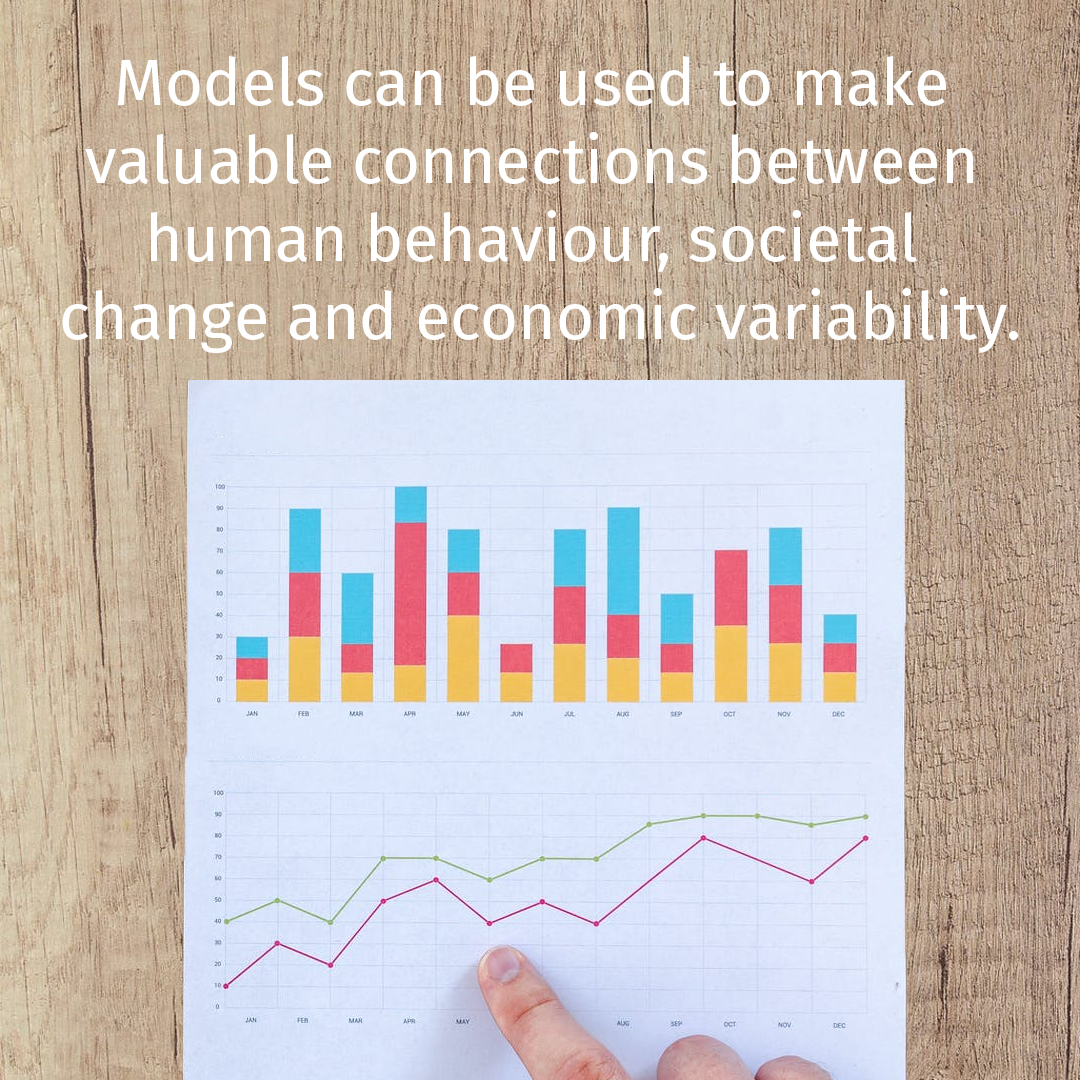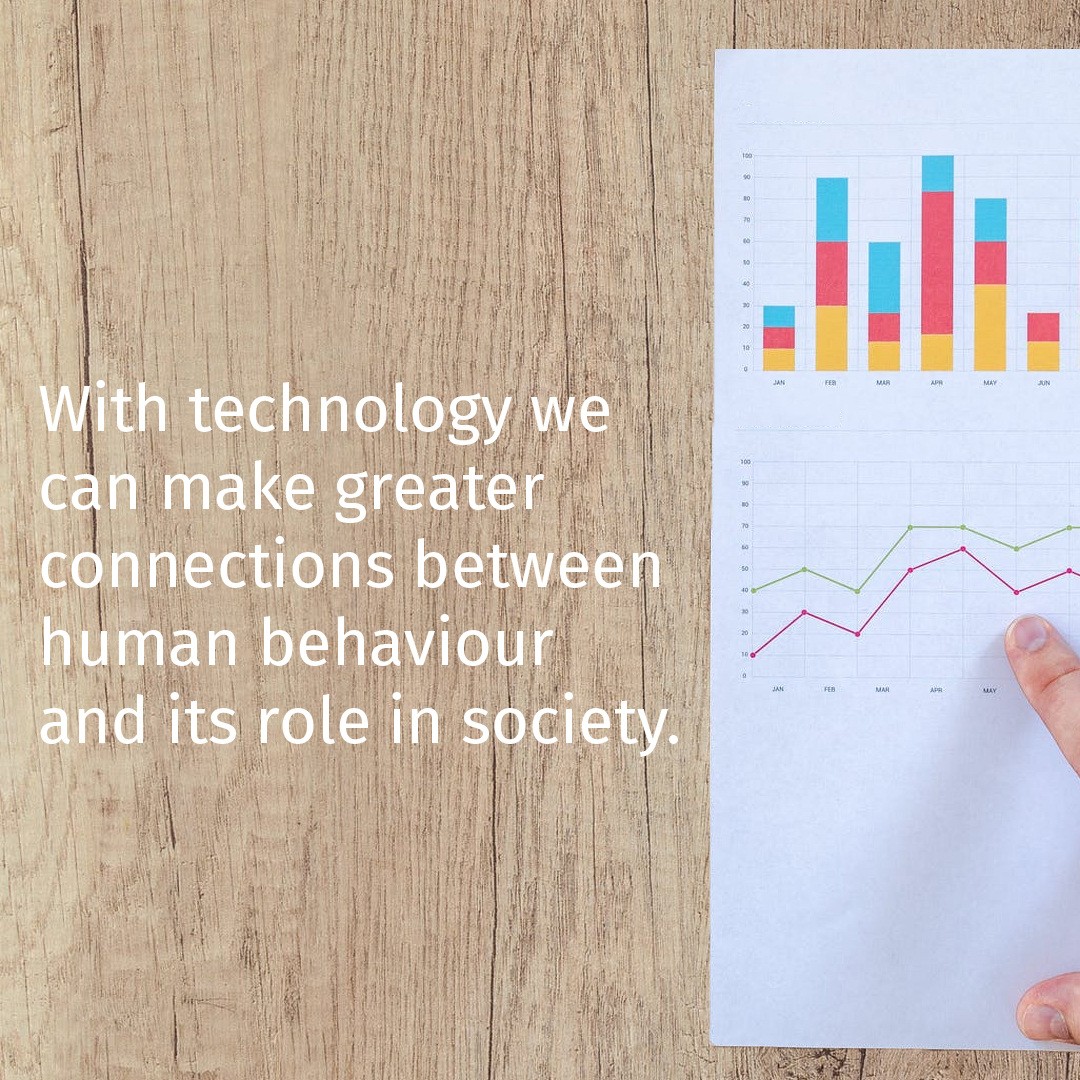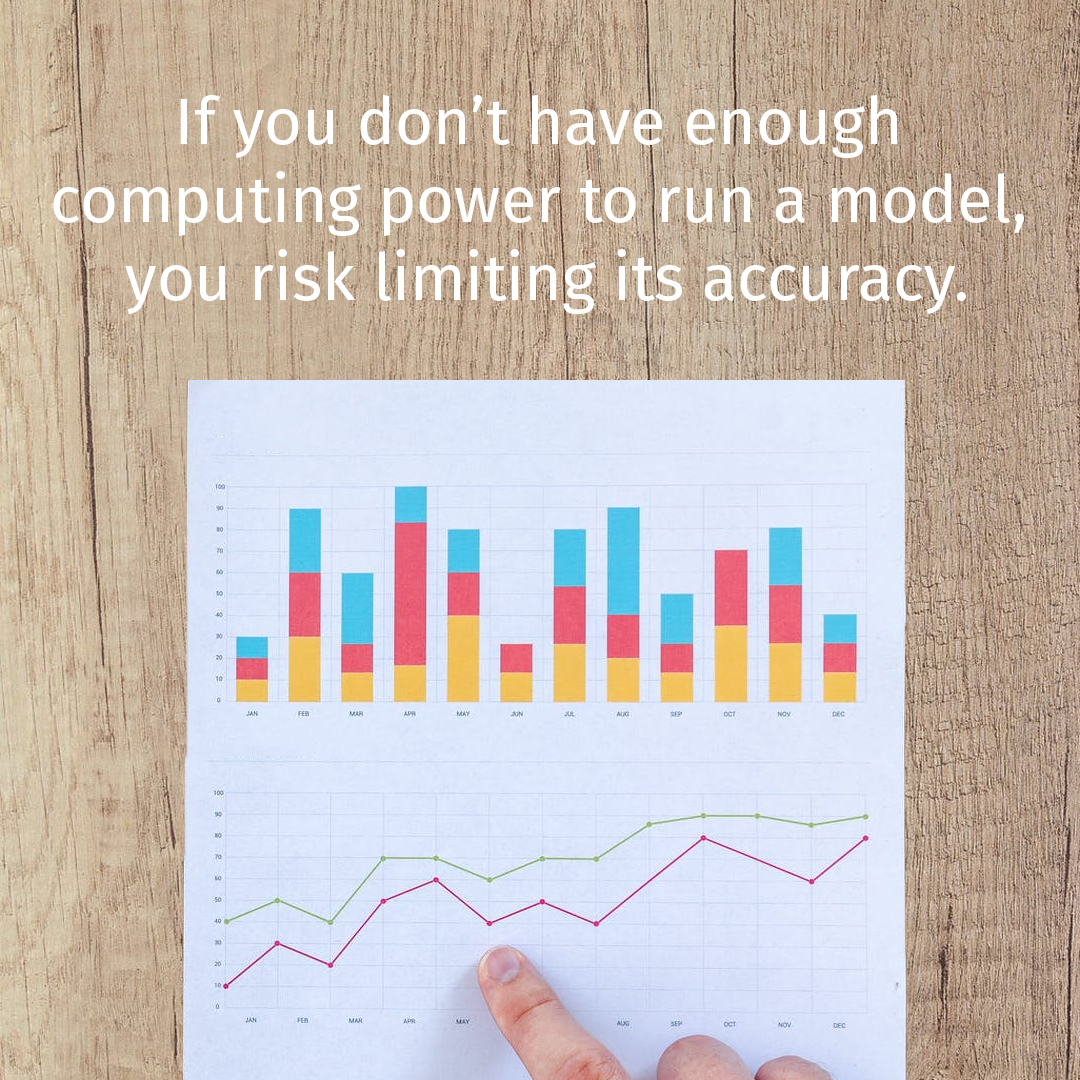


During this COVID-19 period, everything is in flux. Our everyday parlance has evolved to include words and phrases such as, “Zoom call”, “lockdown” and “R nought”. How many of us predicted that this would become our “new normal”, a few months ago when we rang in 2020?
At an individual level, we rely on the efforts of industries, such as weather, transportation, and financial services, to predict how our tomorrow might look. During times of crisis, these predictions, or models, are even more crucial to how we stay safe.
Models enable us to simulate real-life situations with mathematical equations so we can forecast future behaviour. Mathematical modelling uses theoretical tools such as queuing theory, decision theory, and linear programming, and requires large amounts of numerical processing.
Models are an integral toolset in multiple industries, including Life Sciences, Economics, Aerospace, Automotive and Meteorology. The mode of transport you travel on, the taxation policies that impact you, the weather app you use, these will all have been designed and formulated with models used somewhere in the process, from idea to implementation.

Human beings have sought to find ways to make sense of the world for decades. Models can be used to make valuable connections between human behaviour, societal change and economic variability, using theoretical scenarios and applying probabilities to their outcomes.
Although models are based on hypothetical scenarios, their representations in popular films show how they can be applied in a multitude of ways.
In A Beautiful Mind, the ‘Nash Equilibrium’ – roughly defined as a stable state in which no player can gain advantage through a unilateral change of strategy, assuming the others do not change what they are doing – was represented by a group of men assessing their chances of succeeding in talking to beautiful women. In The Dark Knight, the Joker uses multiple tools of game theory, including asymmetric information and incentives, in order to manipulate and terrorise the citizens of Gotham. In The Hunger Games trilogy, economic models and game theory are used as the dystopian reality applies probabilities and interdependent decision making, to represent the tributes’ fight for their lives.

The many echoes of models used in popular culture highlight how applicable they are to daily decision-making. We are fascinated by the mechanisms behind our behaviour and the different scenarios that could result from one action.
It is a seemingly impossible task to understand the way the world operates, yet our attempt to develop and refine models highlights our desire to find clarity in the uncertain. With the help of technological advancements, we are now more able to make greater connections between our personal behaviour and its role in society.
As we try to map out the progress of COVID-19 and search for a vaccine, modelling outcomes is as important as ever. Not only do we need to model the virus itself, its pathogenicity and life cycle, but we need to understand how humans behave with the disease and without it. We need to understand the decisions people make to predict the spread of the disease in months to come.
The key benefit of using mathematical models is that many different scenarios can be modelled without the need, nor expense, of performing arduous field tests. Models can return valuable insight a lot quicker and more frequently than actual observations. They can be rerun over and over with new data, or new parameters, providing more insight to the process being modelled.
In the case of COVID-19, parameters are changing rapidly.
While there are a number of clear limitations of using models – such as insufficient data collection, inadequate parameters or incorrect assumptions – one of the key challenges lies “hidden”.
No matter how good the data and assumptions that are plugged in to a model, if you cannot thrust significant computing power at it, modellers run the risk of limiting the model before it has even run. Slow modelling/simulation ruins productivity and therefore, negatively impacts “time to market”. Often to fix this, models are made to “fit the infrastructure”, so they become “good enough”, rather than “great”.
A recent Times article drives this point home. A hero COVID-19 researcher stated that their first task when they start work, is “to check the results of simulations running overnight”. This suggests that the models’ run times are substantial and need to run on infrastructure out of hours. The other inference is that this researcher must wait for the following night, or join a queue, to rerun the simulation. In these times, where new data is emerging constantly, this is a less than optimal situation.

If more compute power is utilised, more parameters can be used, and more iterations can be run. The more frequently the model is run, the shorter the duration of the test and implementation phase.
Cloud can provide the necessary brute processing power needed to run models at the frequency that is needed to accelerate insight. Productivity gains are made by having access to compute at scale when you need it and being able to burst and extend when required.
Cloud is also cost effective, lowering the barriers to entry for users who want to use advanced modelling techniques.
So why isn’t every model already run in the cloud? Well, there are several things to look out for.
If these factors can be successfully overcome, cloud can accelerate model development and implementation.
Models become more insightful, more resilient, more predictable and more super!
 Please upgrade your browser
Please upgrade your browser
You are seeing this because you are using a browser that is not supported. The YellowDog website is built using modern technology and standards. We recommend upgrading your browser with one of the following to properly view our website:
Windows MacPlease note that this is not an exhaustive list of browsers. We also do not intend to recommend a particular manufacturer's browser over another's; only to suggest upgrading to a browser version that is compliant with current standards to give you the best and most secure browsing experience.